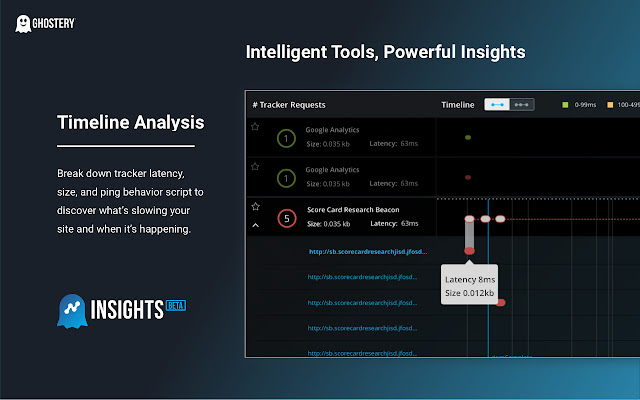Using Stochastic Oscillator for Day Trading
Introduction If you trade every day, you know the clock is your fiercest opponent. The stochastic oscillator is a compact compass—a way to read momentum without chasing every tick. Used right, it helps you time entries, spot reversals, and manage risk across markets you care about, from forex and stocks to crypto and commodities. This piece blends practical setup, real‑world insights, and a glimpse at the tech shifts shaping prop trading and DeFi.
What the stochastic oscillator does (Key signals) The stochastic oscillator tracks momentum by comparing a current price to a recent price range. %K shows the raw momentum, while %D smooths it into a signal line. Readings below 20 suggest oversold momentum; above 80 suggest overbought momentum. A cross where %K crosses %D can signal a transition, especially after a pullback in an established move. Divergence between price and the oscillator can warn of fading strength. In plain terms: when momentum flips after a pullback, you may get a cleaner setup for a quick, defined move.
Practical day-trading setup (How to use it) Timeframe matters. Many day traders watch the 5–15 minute charts and confirm with price action and volume. Look for a scenario where price makes a pullback within a trend and the oscillator cycles back toward the center, then prints a bullish cross (or bearish cross) near the 20 (or 80) band. Use a tight stop and a clear exit plan, so you’re not chasing noise. In real life, I’ve seen mornings where a tight stochastic cross on a stock or FX pair lined up with a brief price retracement, letting a small target turn into a solid % of risk. It’s not magical, but it’s dependable when you’re disciplined.
Asset class highlights (across markets)
- Forex: Momentum waves are clean, often giving quick turnarounds around economic releases. Stochastic works well with price action around key supports/resistances.
- Stocks: In intraday moves, oversold zones near the open can set up mean-reversion plays, especially after gaps. Look for crossovers after a pullback rather than at fresh highs.
- Crypto: Higher volatility means bigger spikes, but also bigger whips. Use wider validation around cross signals and avoid overreliance on a single indicator.
- Indices: Index moves tied to macro rhythms respond well to crossovers during consolidation breaks.
- Options/commodities: Acute momentum moves can present quick entry opportunities; pair stochastic signals with liquidity and option Greeks awareness to manage risk. The common thread: use stochastic as a signal filter, not the sole decision maker. Combine with volume, price action, and a defined risk rule.
Reliability and strategies (Notes you can apply) Treat stochastic signals as hypotheses rather than confirmations. Combine crossovers with a trace of price action—a candle close, a higher low, or a breakout above resistance after the signal. Protect yourself with a hard stop, a reasonable profit target, and a max daily risk cap. If a momentum move stalls at the band (20 or 80) or diverges from price, be ready to step back. Backtesting on a subset of assets you trade helps you tailor thresholds (like exact band levels and transition rules) to your routine.
DeFi, smart contracts, and AI-driven future Today’s markets lean on data streams, latency, and reliability. DeFi introduces new liquidity dynamics and smarter cross‑chain data feeds, but it also brings front‑running risks, gas costs, and data quality challenges. The stochastic framework still applies, but you’ll want robust data sources and slippage-conscious execution. Smart contracts and AI are reshaping automation: you can encode disciplined entry/exit rules, optimize risk budgets, and push signals into automated trading rails. The trend is toward more precise, rule-based trading that respects on-chain realities while staying adaptable to fast markets.
Prop trading and the road ahead Prop firms are leaning into quant-friendly tools and real-time analytics. The stochastic oscillator can be part of a broader toolkit—paired with volatility measures, order-flow insight, and risk controls—allowing traders to scale with capital while preserving edge. The outlook is clear: more institutions will demand transparent strategies, rapid backtesting, and modular strategies that adapt to multiple assets. A strong edge now blends traditional indicators with data-driven validation and sound risk management.
Slogan to carry forward Stochastic momentum, crystal-clear entries—trade with confidence, every day.
Closing thought If you’re building your day‑trading toolbox, the stochastic oscillator isn’t a magic wand, but a reliable flashlight. Use it to illuminate probable turns, test with real-time data, and stay disciplined in risk to stay in the game as markets evolve—from cash markets to DeFi and beyond.




